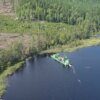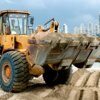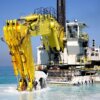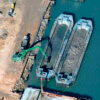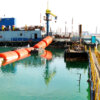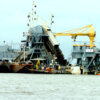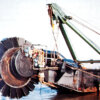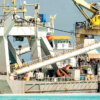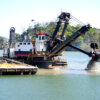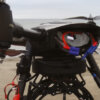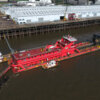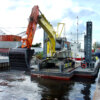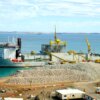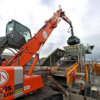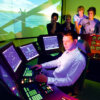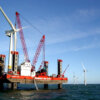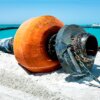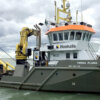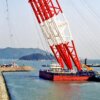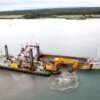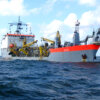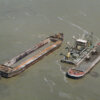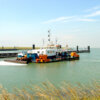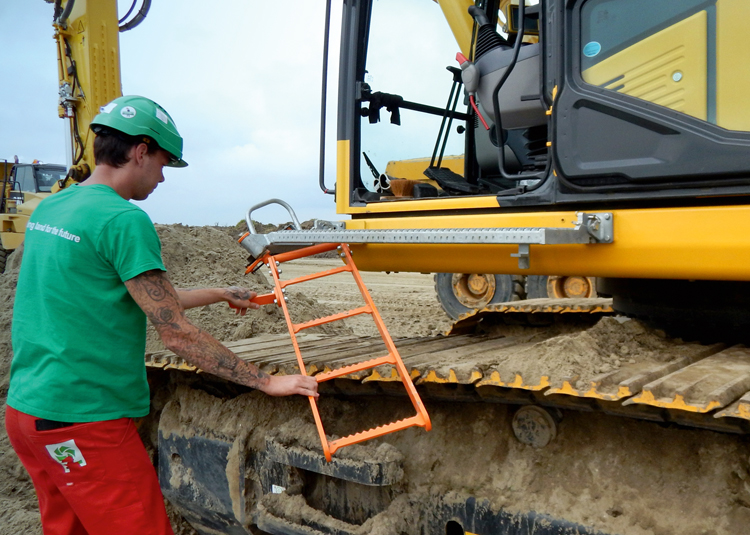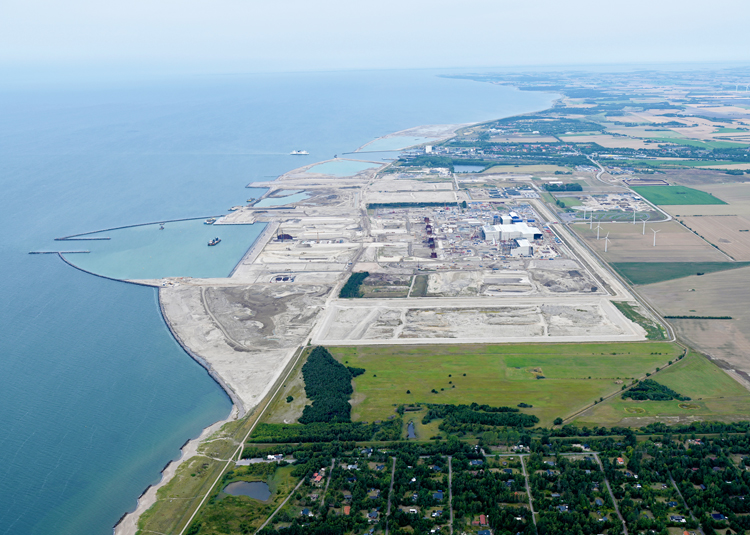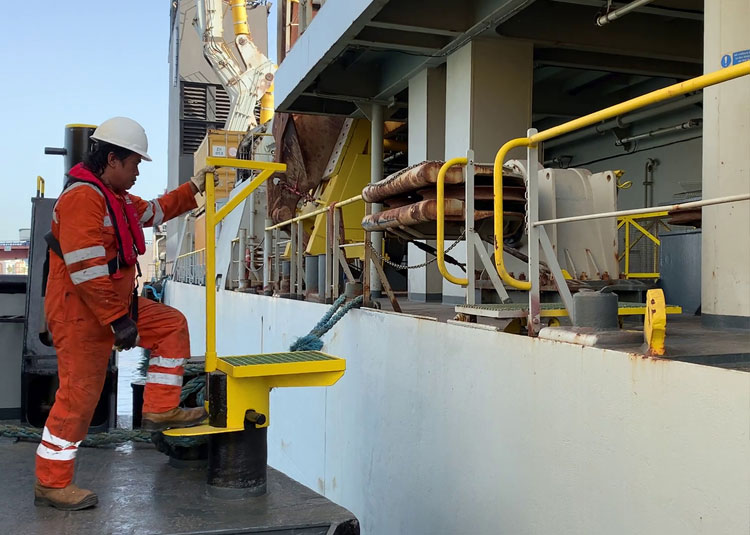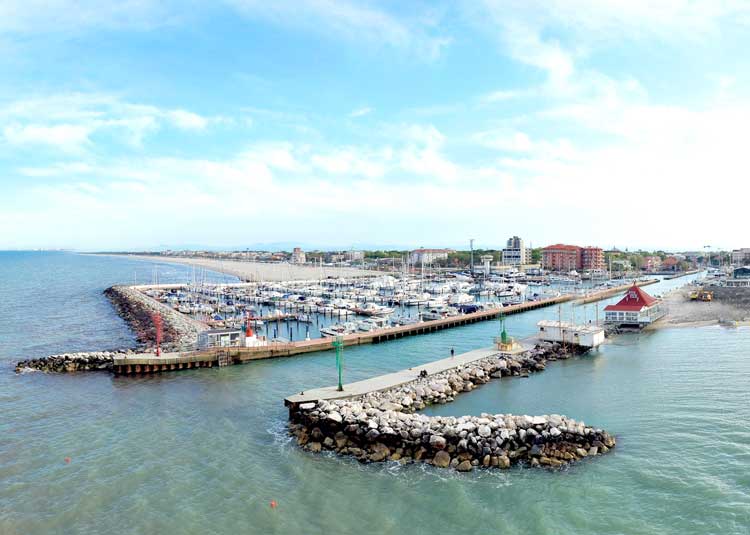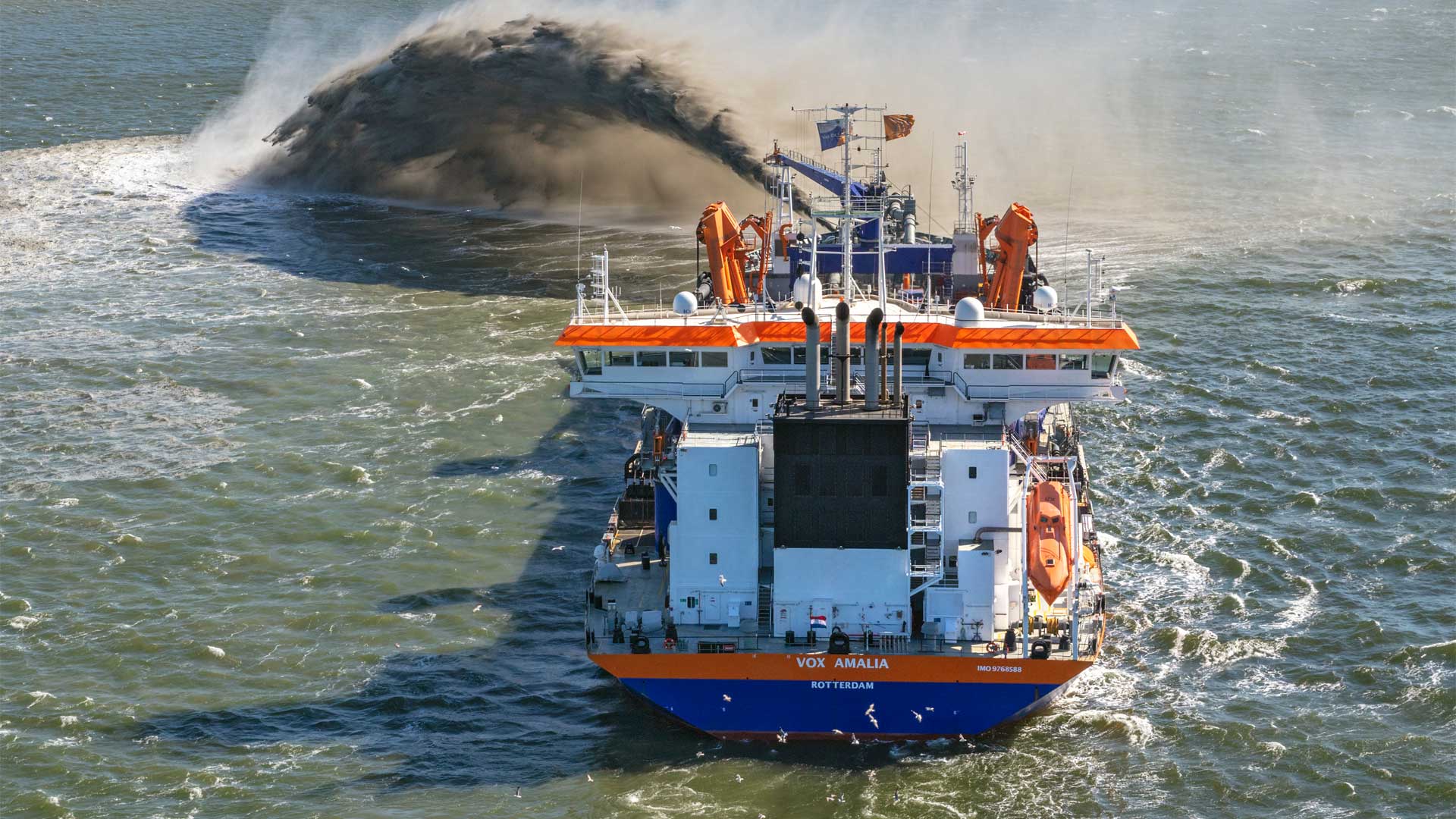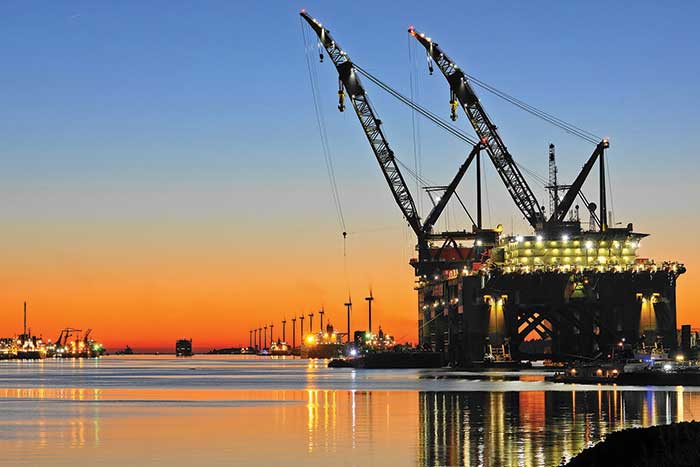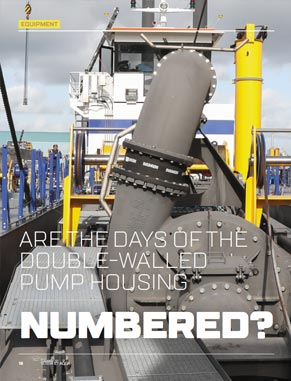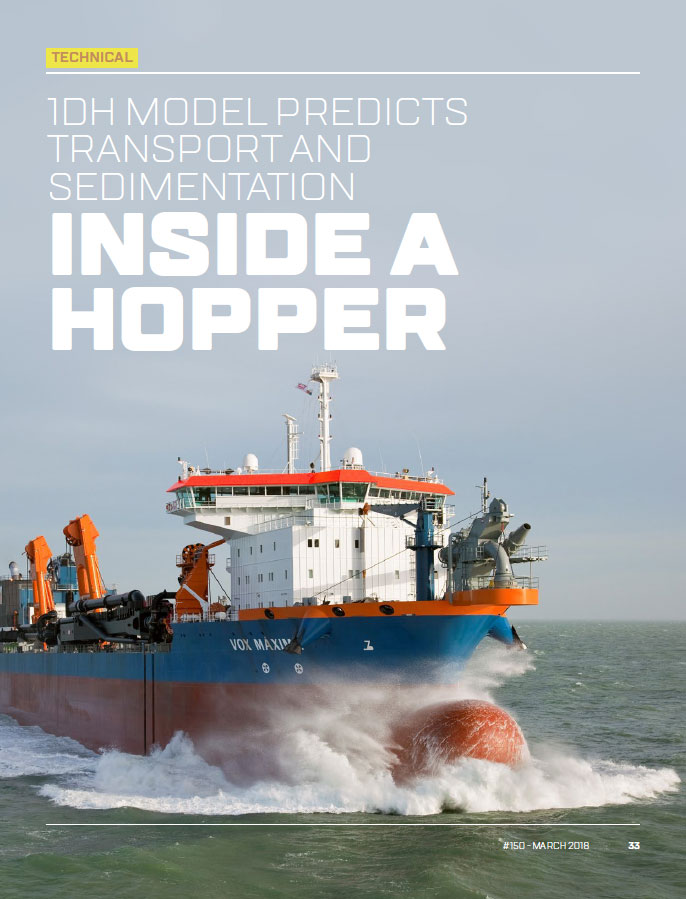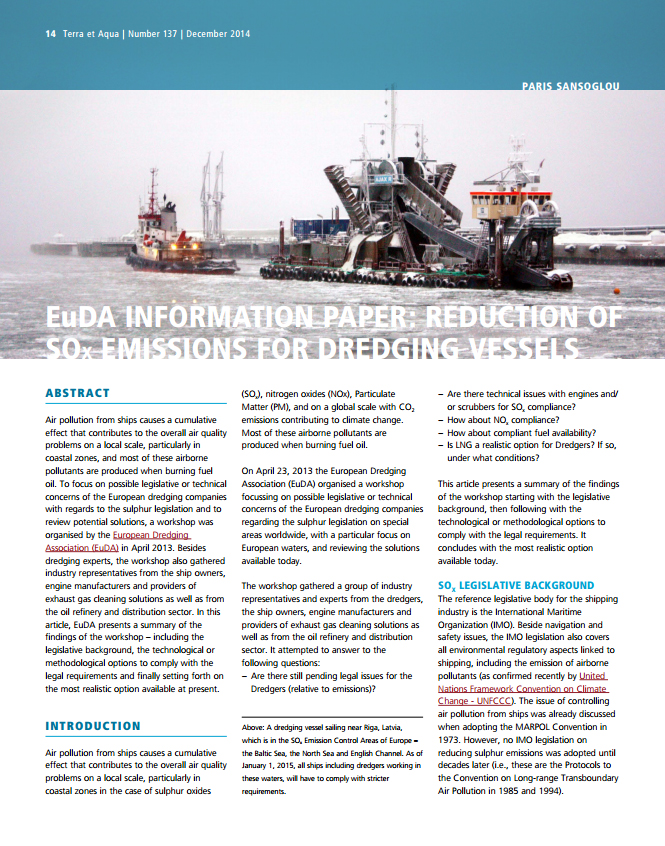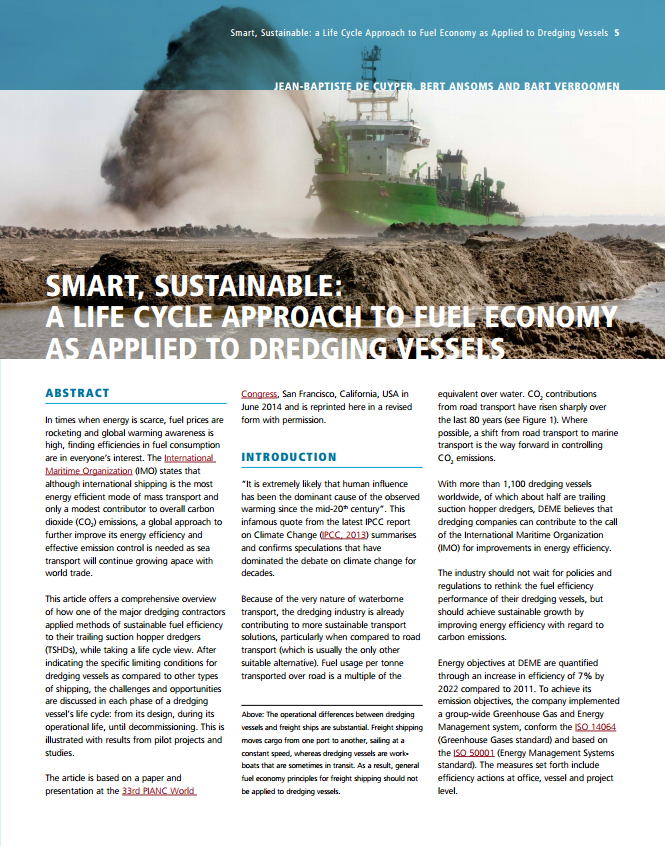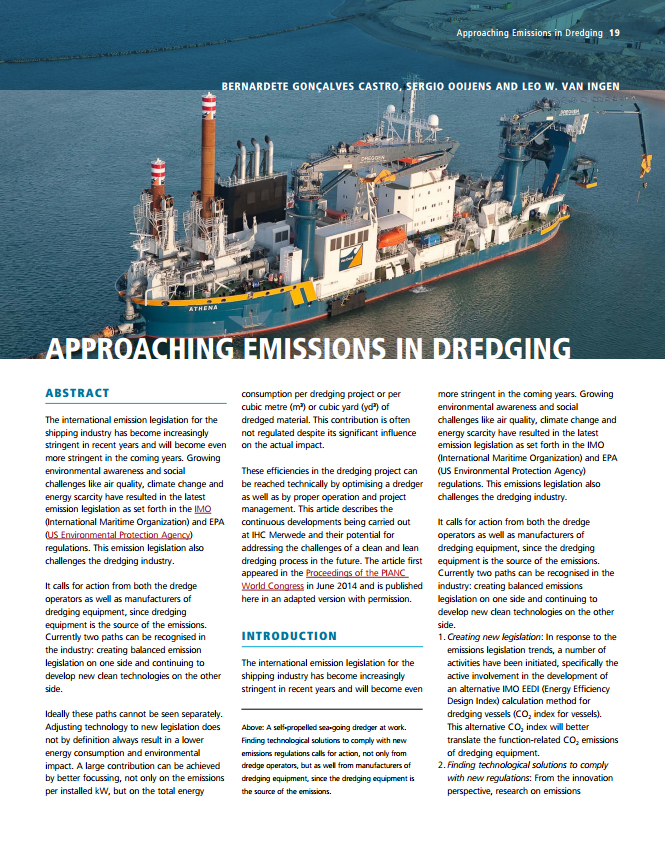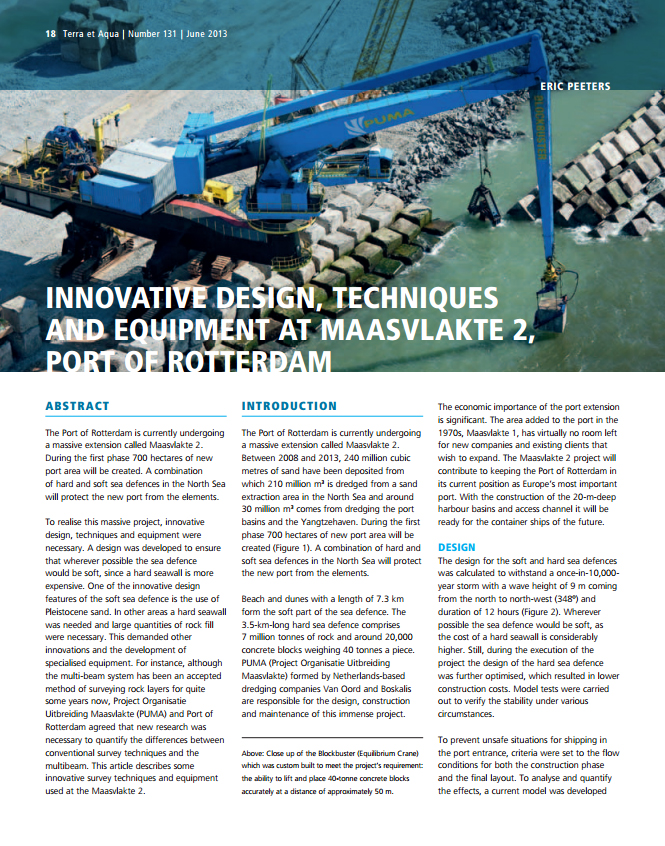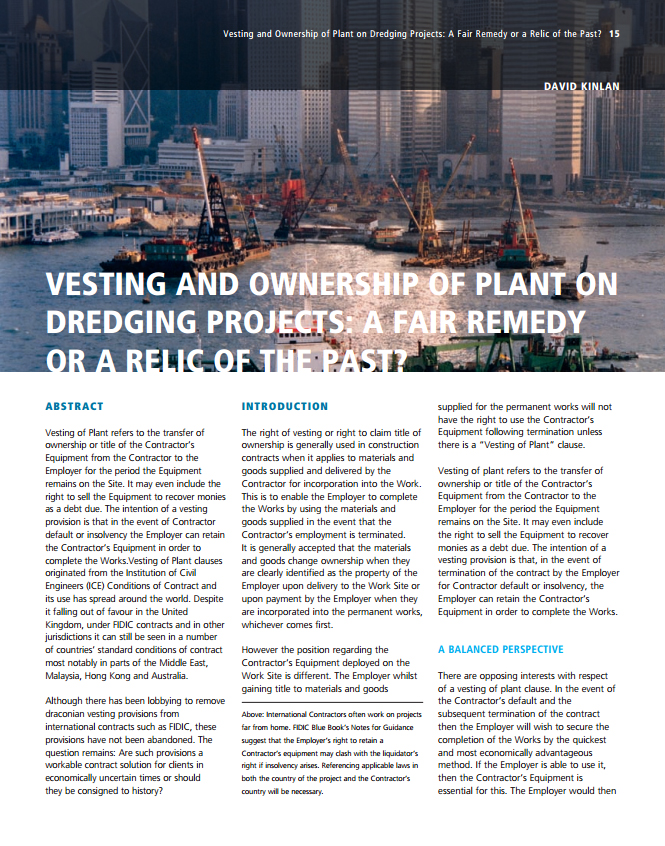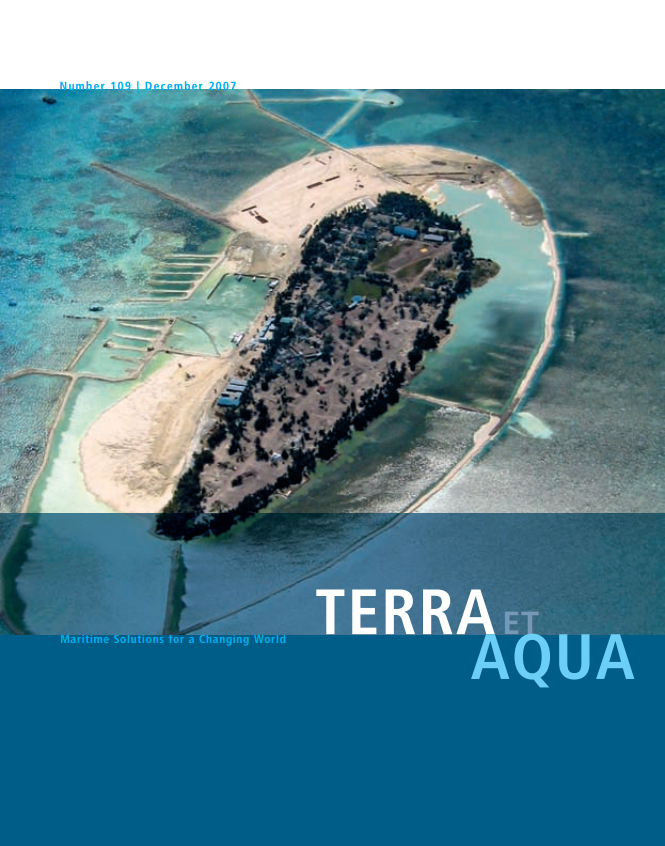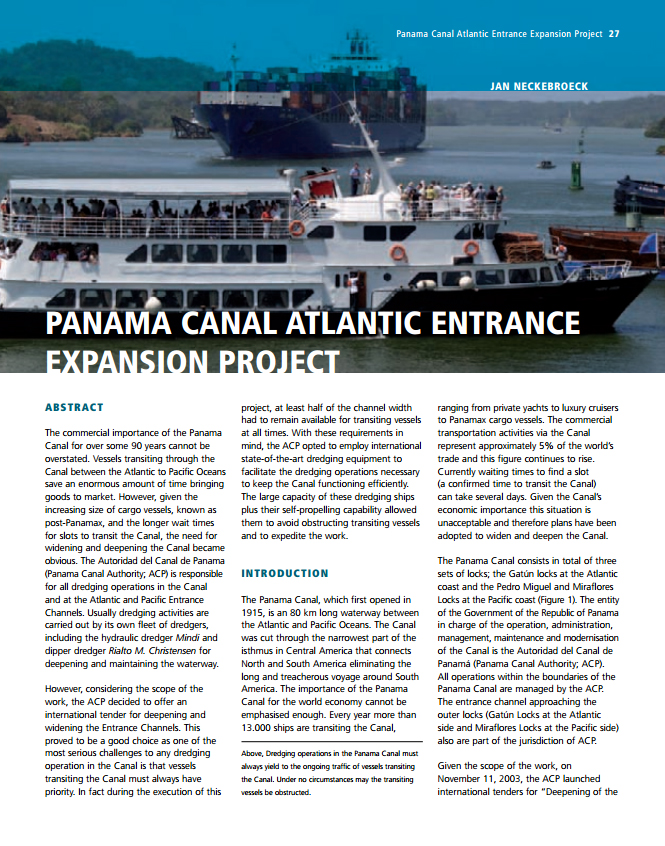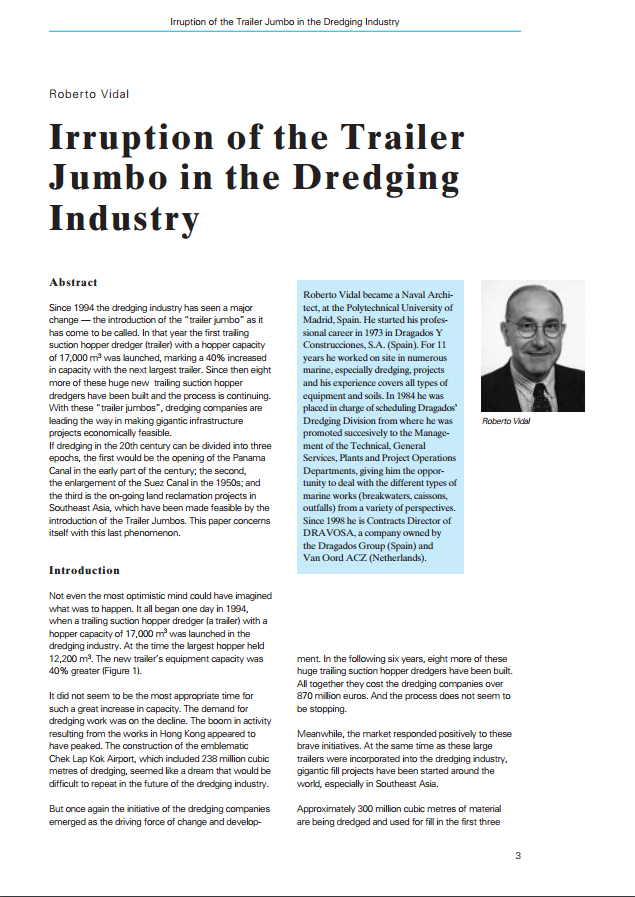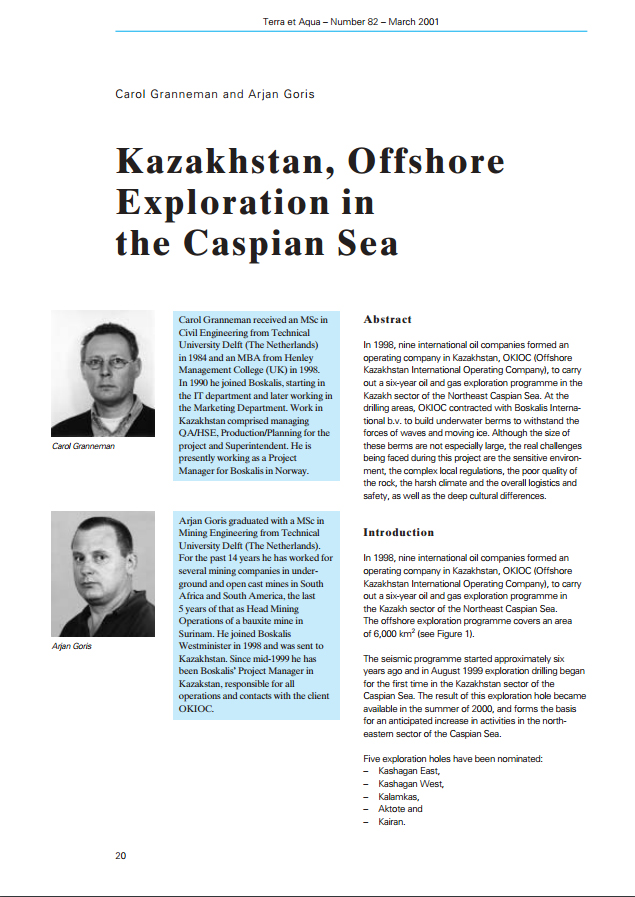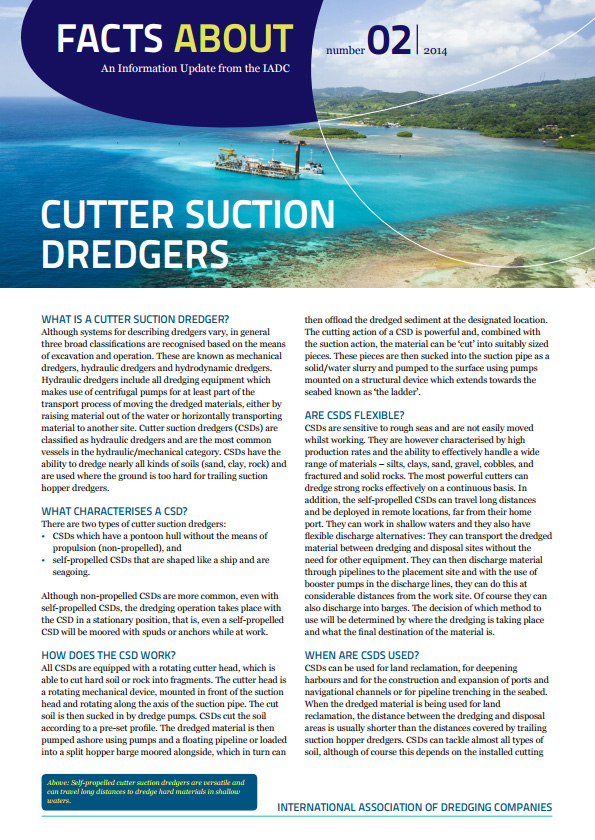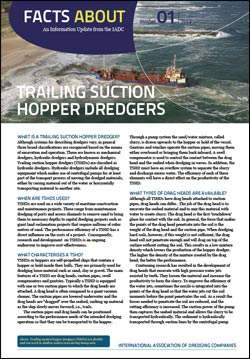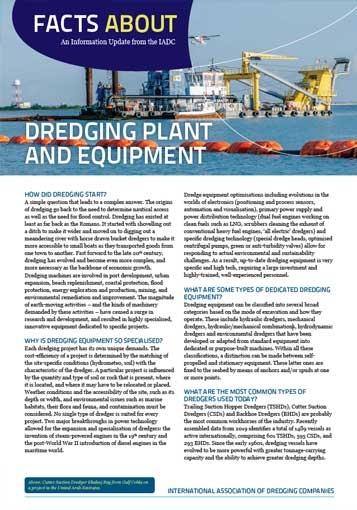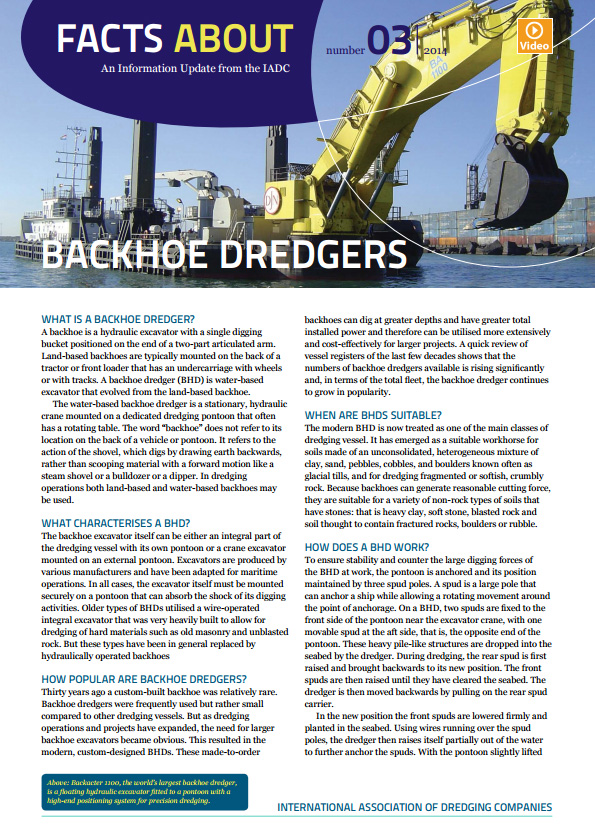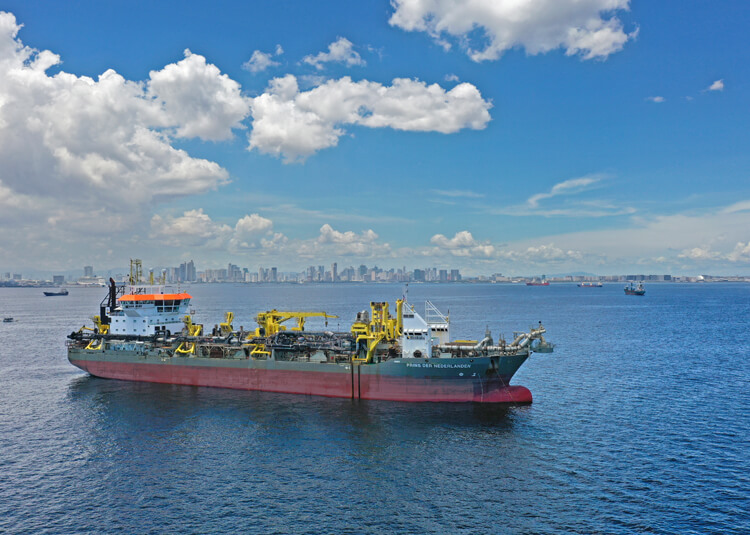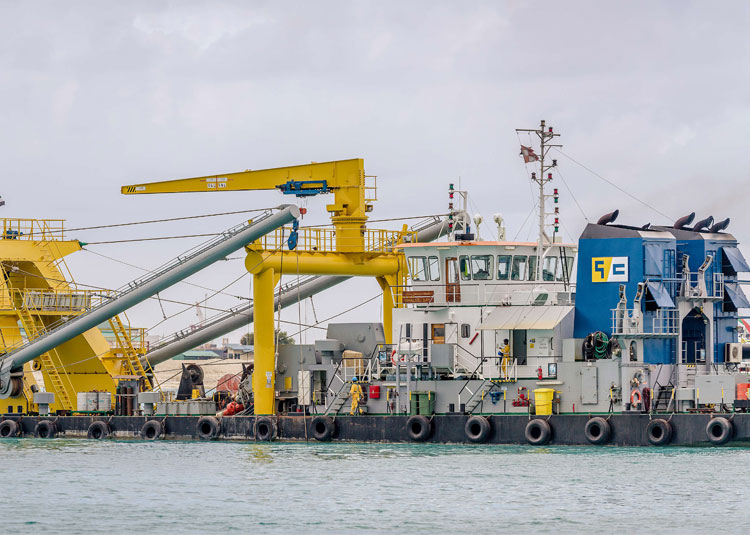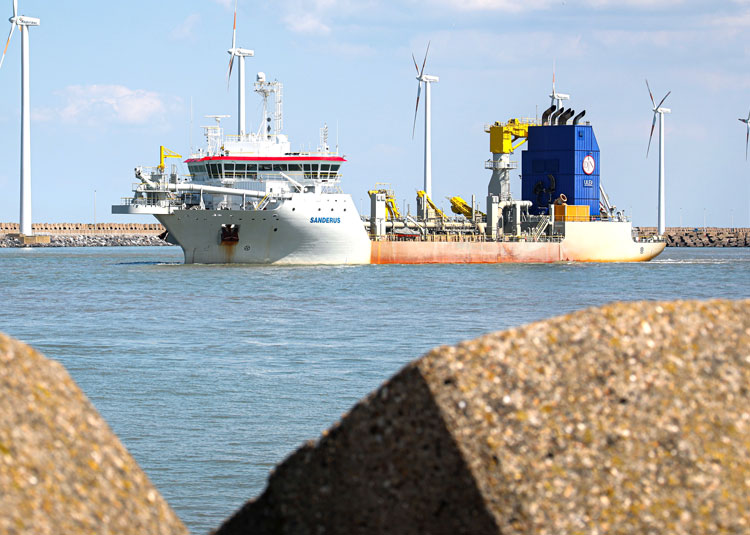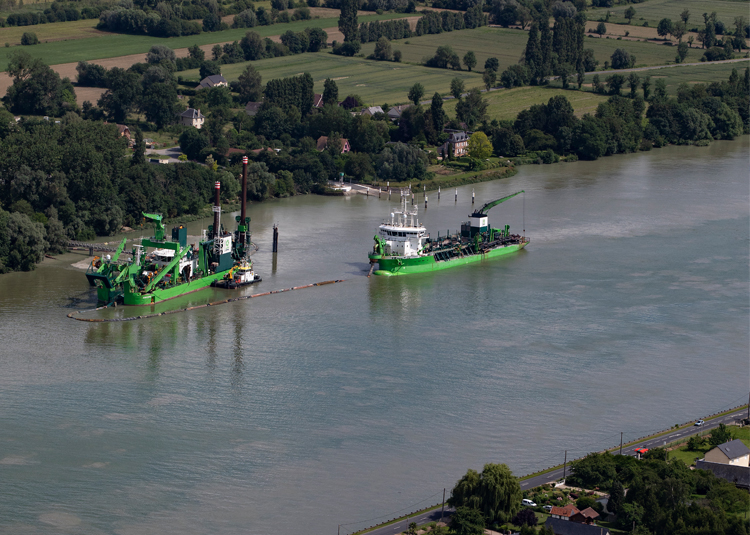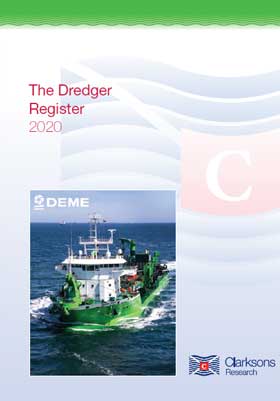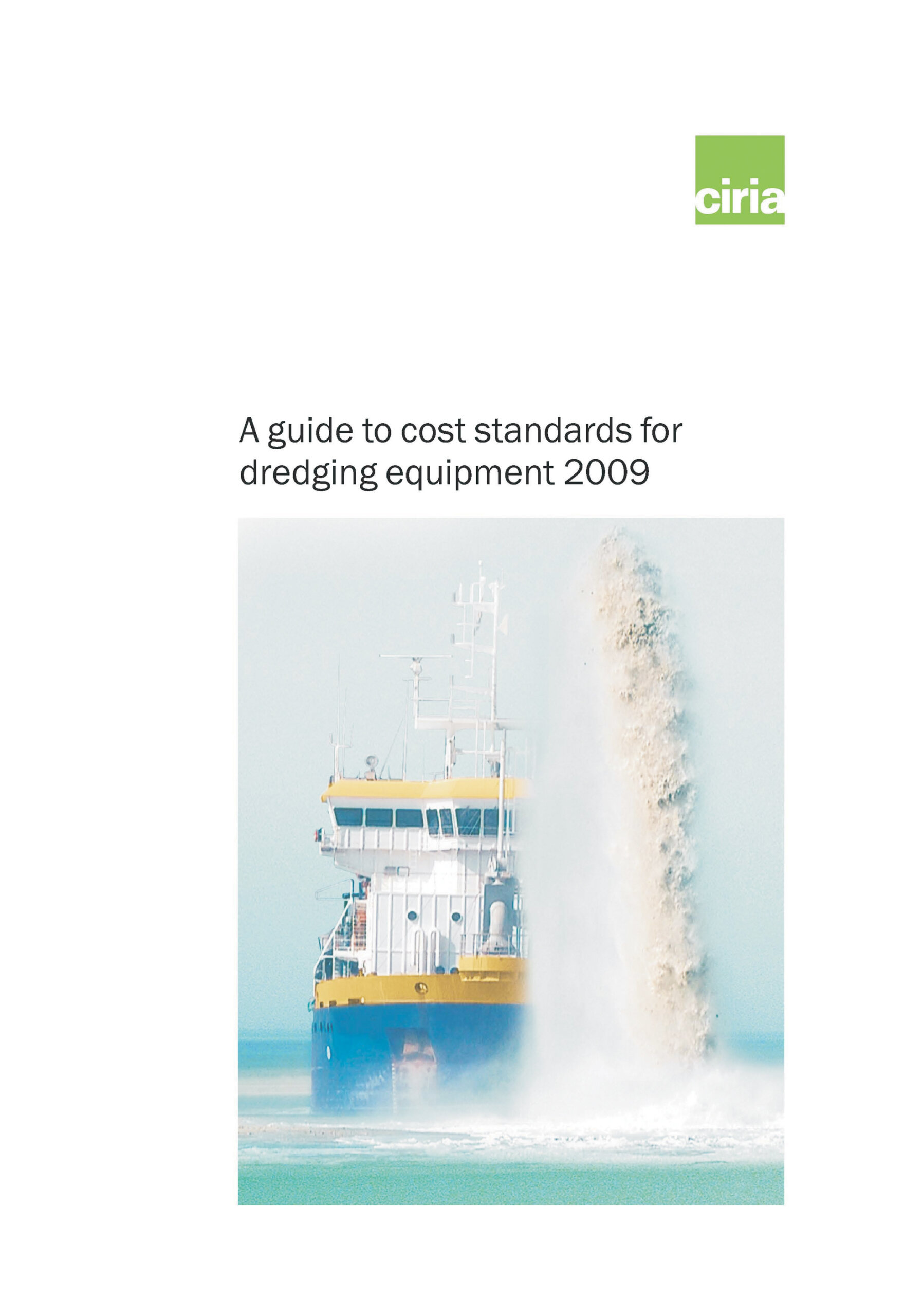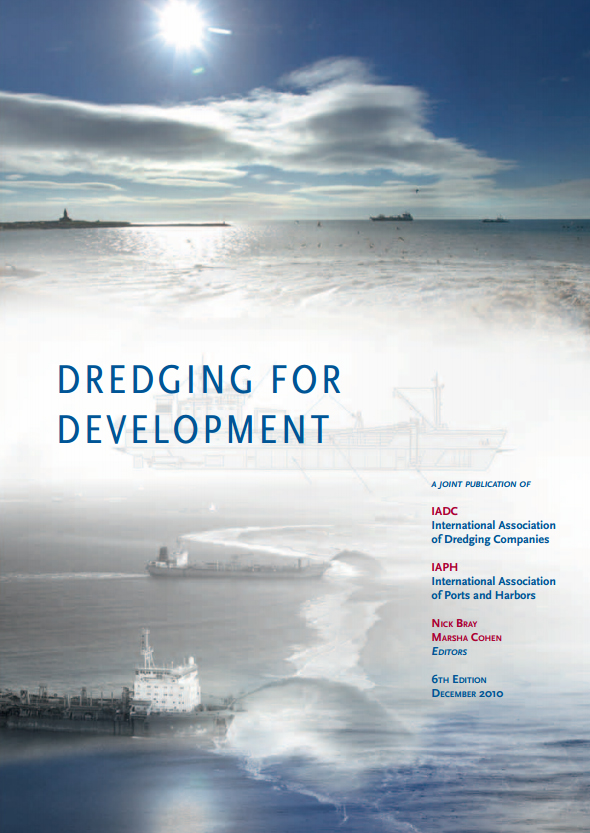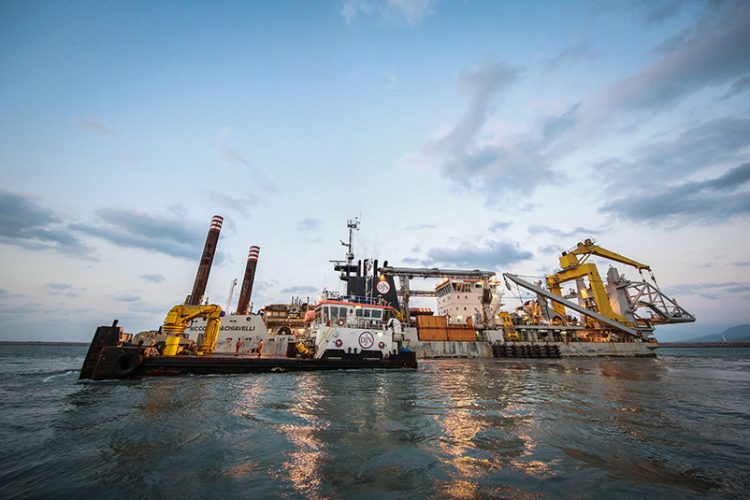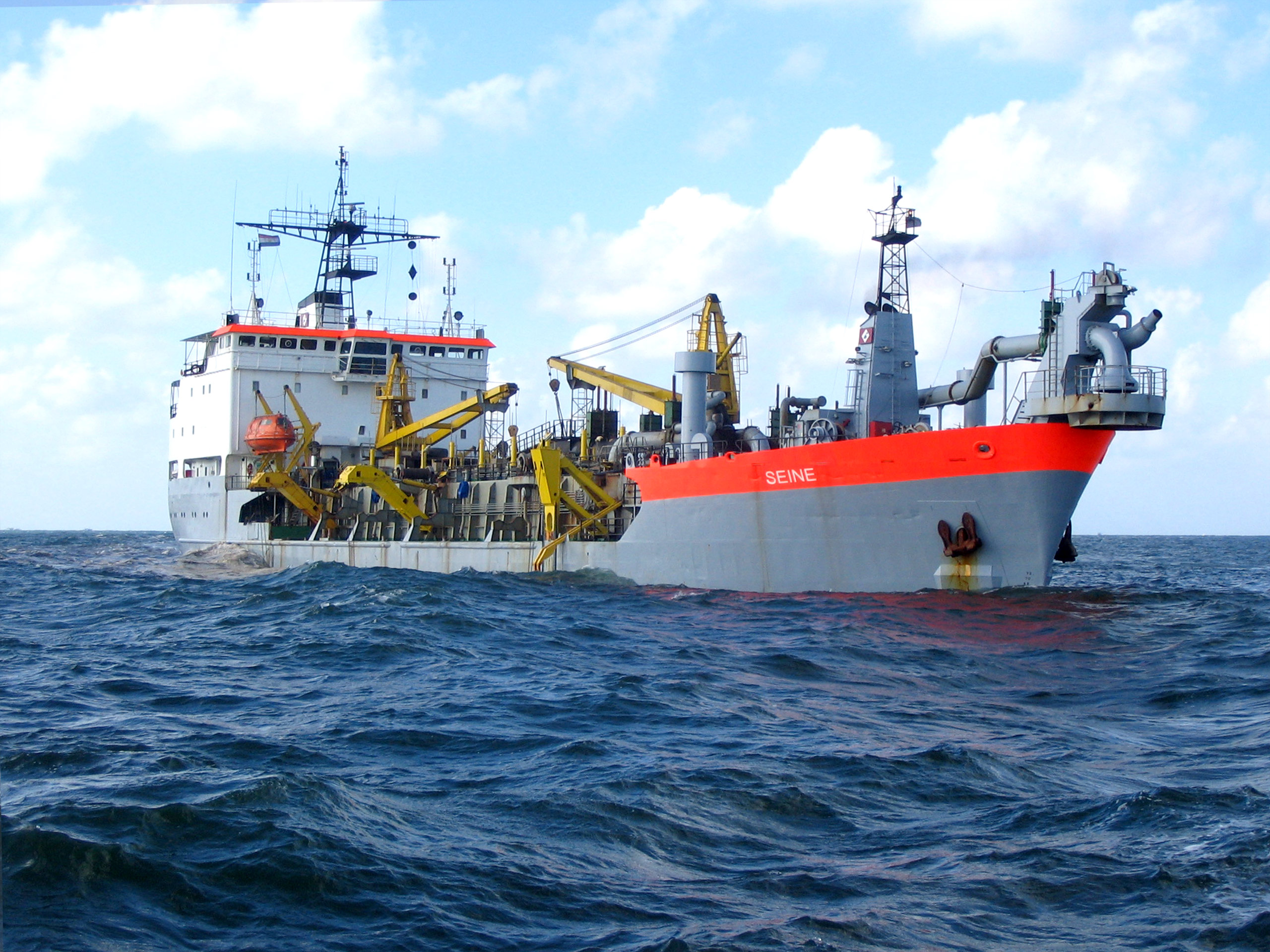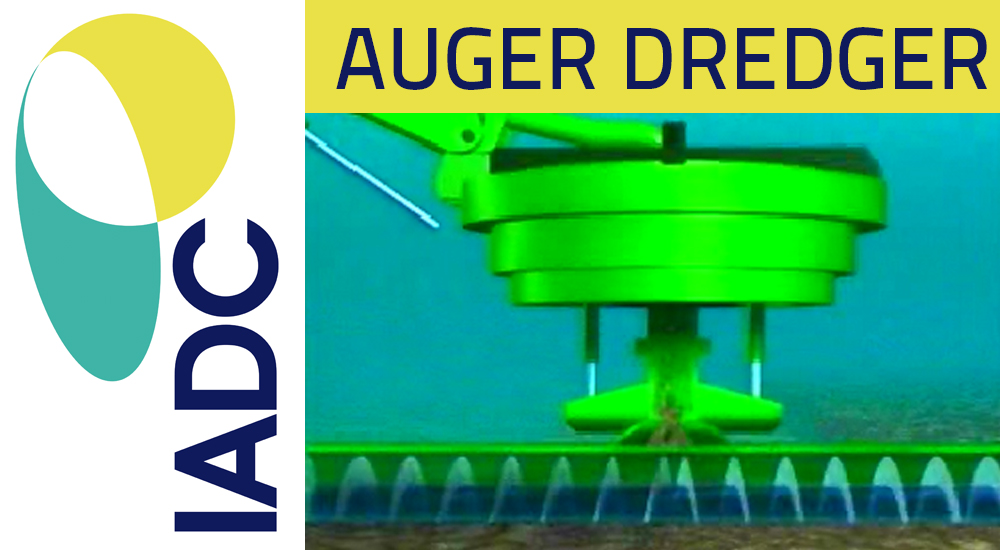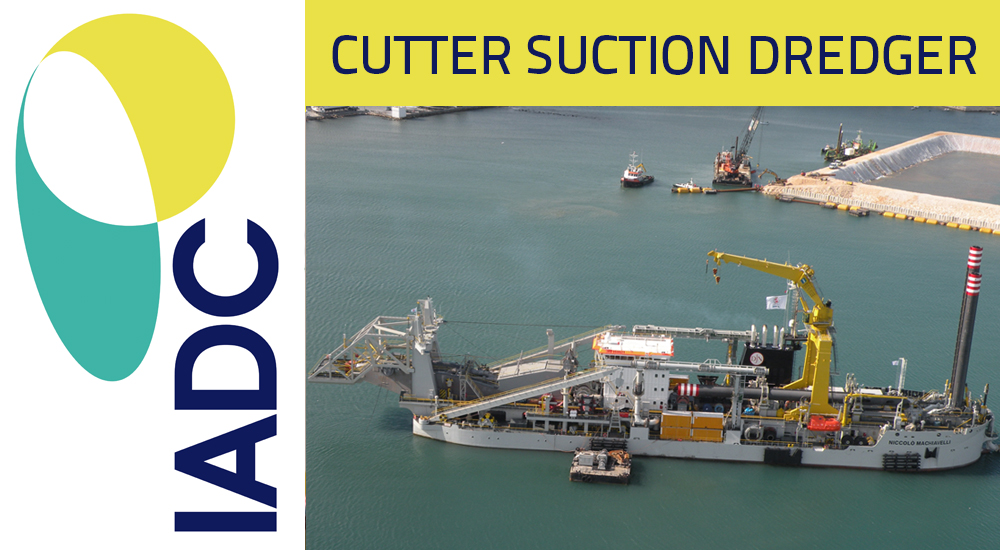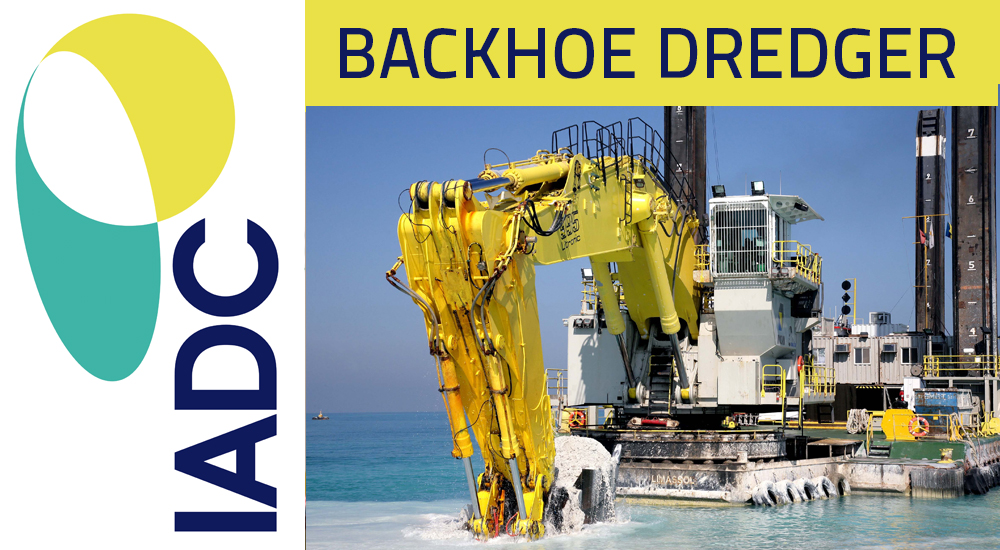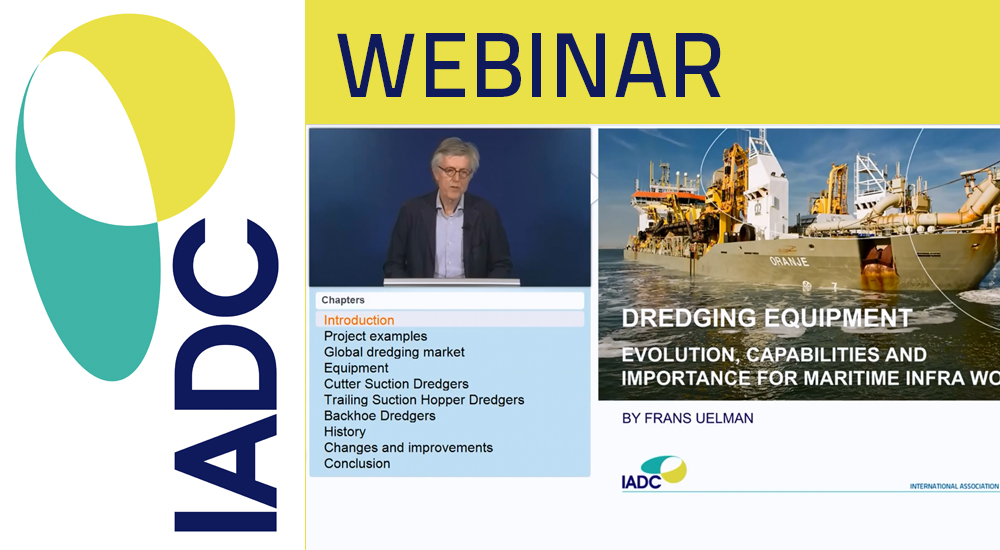Dredgers and auxiliary equipment come in a variety of types and sizes, and the optimal choice depends on the specifics of a particular project.
When choosing equipment, contractors, clients and consultants must give careful consideration to the operation at hand. No single type of dredger or system of employment will be suitable for all projects. Factors to be considered include:
- the quantities and types of material to be dredged,
- the placement, relocation and reuse alternatives,
- the availability of equipment or cost of mobilisation to deploy to a given area of the world,
- the degree of need for accuracy, and
- environmental requirements and limitations.
A quick overview of dredgers includes:
- Trailing suction hopper dredgers
- Cutter suction dredgers
- Backhoe dredgers
- Grab dredgers
- Environmental dredgers
- Other auxiliary equipment
The above-mentioned dredgers can be categorised in several ways. The four broad classifications used here are based on the method of excavation and operation:
- Mechanical dredgers
- Hydraulic dredgers
- Mechanical/hydraulic dredgers (utilising both basic elements in some combination) – cutter suction dredgers
- Hydrodynamic dredgers.
Within these four categories, equipment can be further subdivided based on the means of propulsion:
- equipment that is self-propelled during the excavation phase or the transportation phase or both, and
- stationary equipment.
The selection of equipment is a crucial cost element in estimating the budget for a maritime infrastructure project. One key factor is the production rate of the dredger as rates vary widely depending on the circumstances, the material to be dredged and the transport and disposal methods employed.
Other factors to be considered are weather and sea state, shipping traffic at ports and in navigational channels, the depth and thickness of material being removed and seasonal/environmental windows. All of these will influence the achievable production rates.
Mechanical Dredgers
These dredgers use mechanical means for the excavation of material and are generally speaking similar to equipment used for dry land excavation.
Examples of mechanical dredgers are:
- grab (or clamshell)
- backhoe
- dipper
- bucket-ladder
Hydraulic dredgers
These dredgers use hydraulic means both for excavating and transporting material. They use hydraulic centrifugal pumps to provide the excavating force without mechanical cutters and hydraulic transport to carry solid/water slurries from the digging site through a pipeline to the surface and then to the discharge site. In some special cases, hydraulic dredgers pump into barges for subsequent transport to the placement site.
Hydraulic dredgers include:
Mechanical/hydraulic dredgers
Mechanical/hydraulic dredgers are the reliable workhorses of the dredging industry. These dredgers are often employed on construction and maintenance projects. The dredgers that are representative of mechanical/hydraulic dredgers are:
- trailing suction hopper dredgers
- cutter suction dredgers
- bucket-wheel dredgers
Hydrodynamic dredgers
Hydrodynamic dredgers loosen or dislodge material underwater and then use the bed slopes, natural water currents and density gradients at the dredging site to move the material to a different location.
Some of the mechanical or hydraulic dredgers described above can be used in a hydrodynamic mode. The dredgers mentioned below are sometimes described as environmental dredgers.
These dredgers, specifically designed for use in natural surroundings, are:
Auxiliary equipment for transporting dredged material
The transportation of dredged material is an integral part of the dredging process, both as a cost factor and an environmental factor. The method of transport is determined by the type of equipment being employed and the type of material, and the type of material in turn determines the suitable placement option.
The two main options are:
- Pipelines: Hydraulic suction and cutter suction dredgers use pipelines to transport dredged materials to the placement site. For long distances to the placement areas booster pumps may be required, spaced at intervals along the discharge line. Discharge pipelines may be floating or pontoon mounted, or they can be submerged (“sinker lines”). Sinker lines are used where floating lines would interfere with navigation or shore pipelines. Often, a project may use all three types of discharge pipeline.
- Barges or scows: Mechanical dredgers discharge the dredged material into barges or scows. Some barges are self-propelled, but those that are not require ancillary power vessels such as tugs or tenders which are used to tow or push the transport barges. Barges may be transported individually or in groups depending upon the power of the vessels and sea conditions. The material is unloaded from the barges by being released through the bottom either through cable or hydraulically operated doors or, in the case of split-hulled barges, by splitting the barge longitudinally. Sometimes the barges are unloaded using hydraulic pumps or mechanical equipment.
The costs of transporting material are dependent on the method used. Hydraulic pumping as well as barge and scow operations can entail significant costs because they require additional equipment. When feasible, hydrodynamic methods, which take advantage of natural currents, can practically eliminate these transport costs.
Choosing equipment
The choice of equipment to be used on a specific project is determined on the basis of numerous factors, the most significant being:
- Type of sediment: soil or rock conditions
- Transport options
- Configuration of the area to be dredged, including pre-dredge and post-dredge water depths
- Deployment of equipment
- Placement requirements
Type of sediment
For instance, dredging rock that has not been pre-treated generally limits the types of dredger to mechanical or cutter-head dredgers designed specifically for rock dredging. If material can be dredged effectively by different types of dredgers, a more detailed consideration of operating parameters is required.
Transport options
The location of the dredged material placement areas and access to them plays an important role in deciding upon the most suitable and effective dredger type. Transport options affect the decision-making process as illustrated in the following table:
TRANSPORT CHARACTERISTICS |
PROBABLE TRANSPORT METHOD |
|
|
|
|
|
|
|
|
The table is a general guide to the choice of transport methodology. Any number of technically feasible alternatives may be viable depending on the specifics of the project.
Configuration of the area to be dredged
The configuration of the dredge site includes the depth of the water and location. The pre-dredge water depth and the depth to be dredged (post-dredge depth) will influence the equipment choice. Location is another consideration. For instance, in a busy heavily trafficked entrance channel and harbour a self-propelled trailing suction hopper dredgers is able to work more flexibly and efficiently because it can easily be moved, whereas stationary plant can become an obstruction.
Deployment of equipment
The ease with which equipment can be deployed is also a factor. What may seem to be the most effective dredger, may not be available close to the work site. In that case, mobilisation time and costs must also be considered.
Placement requirements
Placement requirements include not only the transport options based on distance as mentioned above. Placement depends on whether sediment is contaminated or clean and if nearby beneficial reuse options can be found.
Overview of equipment
This overview of types of equipment is in order of the most frequently used dredgers:
- trailing hopper dredgers,
- cutter-head dredgers,
- backhoes/dipper dredgers,
- grab hopper dredgers,
- grab/clamshell dredgers,
- plain suction dredgers,
- bucket dredgers,
- bucket-wheel dredgers,
- water injection/agitation dredgers,
- barge unloaders,
- dustpan dredgers,
- auger dredgers.
Cost and efficiency
For any given dredging project, several different tools and dredgers may be reasonable options. The challenge is to design a project deploying vessels and auxiliary equipment in an optimal arrangement for that particular project.
The final choice of equipment will be determined by economics, ecological effects or usually both. This requires both technical, economic and environmental analyses during the decision-making process.
Contractors, while preparing their tenders, will make their choices based on this broad spectrum of factors, hoping to arrive at a balanced combination of cost and efficiency.


